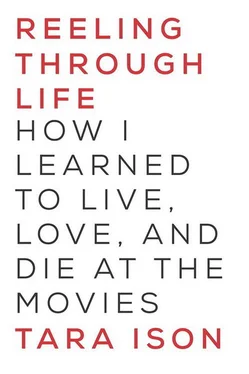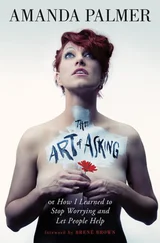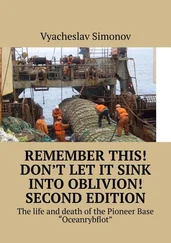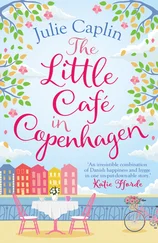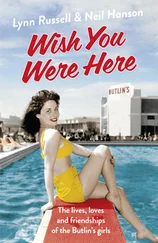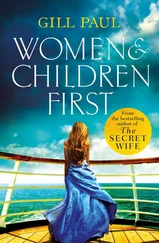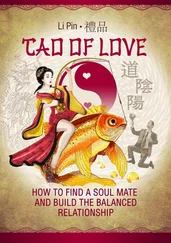But, no, these are not the final moments of the movie: This is the movie itself, a well-crafted Cold War espionage entertainment. The black-and-white, voiced-over sequence of Salomon’s experience at Riga, of Roschmann’s sadism and butchery, is less than six minutes long. It is the excuse for the movie, the inciting incident, the trigger for Peter’s actions; it is the Holocaust as MacGuffin.
It is unclear if Salomon’s depiction of the camp is news to Peter, in 1963 Berlin, but it is news to me: I am ten years old, these are my first images of the Holocaust, and they are the movie, for me — they become the movie, they expand to fill the entire two hours and ten minutes of screen time, they enter my consciousness and nightmares. These images are all I will remember about The Odessa File . I have little memory of “my experience” watching this film. I didn’t exist during the movie; I disappeared into those images. Those faces, those eyes, the white stars, black blood.
From this film dates my determination to own my Jewishness — as a cultural and historical identity, if not a religious one. My blondish hair and my Anglo last name do not announce me as a Jew, I can “pass” so easily, and for years afterward I will find a self-righteous satisfaction in asserting my Jewish self to the world — the usual surprise on someone’s face confirms my understanding that to 98.3 percent of the people around me I may well be different , be the Other : Former Hebrew Slave, Child of Israel, member of the Levite tribe. Christ-killer, troublemaker.
This film also instilled in me a visceral discomfort with anything German (despite my own German ancestry), the Ich, Ich, Ich now the onomatopoeic equivalent of barbed wire, the dread of the Teutonic replacing any abstract fear of pogroming Russian Cossacks. The accent alone makes my stomach clench, makes me frightened, suspicious, angry; this is absolute bigotry on my part, a reverse discrimination, I know; I am not responsible for killing Jesus, and contemporary Germans are not responsible for the Holocaust. But I can’t help it; I am no Salomon.
For years after The Odessa File , for all of my young adulthood, I will seek out other “Holocaust movies,” ostensibly to comprehend the incomprehensible, but also in search of those images to feed and fuel my outrage and fear. Now that I have found a source to my own relevance in the world, I do not want to let it go. I will carry Salomon’s bitterness for him, keep it beating and warm, keep it alive.
Fictional films about the Holocaust are a disparate lot, dramaticallyand aesthetically. We can watch the corruption of the human soul ( Inside the Third Reich; Holocaust ); the creation of a human soul ( Schindler’s List ); moments of triumph ( Defiance; Escape from Sobibor ); false sentimentalizing ( Life Is Beautiful ); the ultimate irony ( Europa Europa ); the corrosive power of memory and guilt ( Sophie’s Choice; The Pawnbroker ); the eroticization and fetishizing of evil ( The Night Porter ); the crushing of the human spirit ( The Grey Zone ); the resilience of the human spirit ( Holocaust; Playing for Time; The Pianist ); to list a very, very few.
But those films that choose — attempt? — to accurately dramatize the extermination of the Jews ultimately draw from and contribute to a shared iconography. They are the images that have become tropes: Haystacks of naked skeletal bodies. Hair being shorn. Piles of emptied suitcases, of eyeglasses, of shoes. A sampling of teeth gleaming with gold fillings. The smashed windows of Kristallnacht; a bloody, skull-crushing, degrading pogrom. A cattle car packed with human beings. A “selection” of human beings, sent to the left or the right. Smoke rising from chimneys. The barking German shepherd. The barbed wire. A can of Zyklon B. A gate sign reading ARBEIT MACHT FREI. Naked bodies crammed into a “shower” room. Tattooed arms. Lamp shades. A swastika armband. All those yellow or black-and-white Jewish stars on lapels. The visual semiotics of the Holocaust.
The threatening, sneering, scarring sound of Juden .
Lord, why do you not hear the cries of the children?
For years I watch this kind of movie, movie after movie, in theatres, on television, at revival houses, wherever I can find them, until the images begin to blur; the repetition and sheer accumulation of them eventually dilutes their power. I numb out; and then, ashamed of my numbness, ashamed to be so safely insulated, I keep watching, trying to keep my anger aflame. Never forget —that is what I try to do. I keep watching, seeking a bolstering horror fix, another horror rush. And then I am ashamed at my need for what feels like cheap, righteous thrill, the sense that I have made a pornography of it all, and I stop watching this kind of movie. I’m happy to forget, for just a little while, for now.
The Chosen, in 1981, is more oblique. 22I go to see this movieprecisely because it is not, to my understanding, about the Holocaust; based on the award-winning 1967 novel by Chaim Potok, it is about the challenging yet profound friendship of two very different kinds of Jewish boys: Reuven Malter (Barry Miller), the ball-playing, jazz-loving, kid-next-door son of a widowed Jewish intellectual (Maximilian Schell, all the more handsome now), and Danny Saunders (Robby Benson! Robby Benson! his dark side-curls framing those crystal-blue eyes), the prodigy son of a revered Hasidic rabbi (Rod Steiger, hammy, white-bearded, and stern) in early- to late-1940s Brooklyn. Both families are haunted by the war and the emerging revelations of the concentration camps, of Hitler’s atrocities, yet they inhabit two wildly different worlds: Reuven’s father is a fierce advocate for the creation of the secular state of Israel—“Only a Jewish state, a Jewish homeland, can give meaning to these savage acts! Only a Jewish state can guarantee it will never happen again!”—and is also a loving, tender father; Danny’s father, Reb Saunders — who rejects Zionism, for “The Messiah and the Messiah only will bring the Jewish people to their homeland!”—has raised his son in the strictest, most sheltered and sequestered religious observation, including a chilly absolute silence. Reuven is stunned when Danny tells him that, outside of studying Torah, his father never speaks to him:
REUVEN
I’d hate that. To not have my father talk to me. .
Reuven is destined for his own academic career, Danny is destined to follow in his father’s footsteps as a leader in the Hasidic community, and the weight of these opposing destinies draws the boys together, while the opposing philosophies of their fathers threaten to tear them apart. Danny tries to illuminate Reuven to the power of orthodox faith, explains how the founder of Hasidism in the 1700s believed that
DANNY
To be a good Jew didn’t depend on how much you knew , but on how much you felt . .
but we eventually learn that Danny secretly dreams of attending a secular university in order to study psychology and psychoanalysis. Meanwhile, Reuven finds himself drawn to the deeper mystery of faith — his own dream will be to attend rabbinical school — and yet he is saddened to see Danny’s struggle with the pain of his silent relationship with his distant father, the brewing tension between them over Danny’s yearning for a life beyond their figurative Hasidic walls. By the end of the movie, Reb Saunders gives in: He summons Reuven for a talk (Reuven is surprised by this until his own father tells him Reb Saunders actually wants to talk to Danny, through Reuven) and tries to explain, with Danny present, that he and his son were close when Danny was a child, yes, but as Danny got older, Reb Saunders felt his son’s intellect was developing to the detriment of his compassion and so decided he must raise him
Читать дальше
